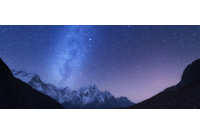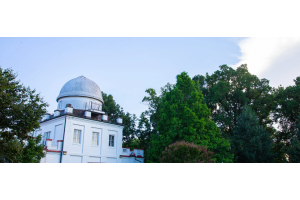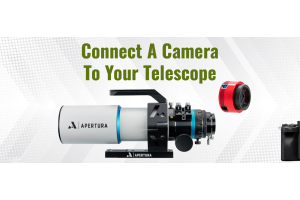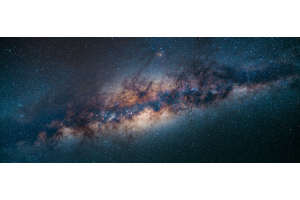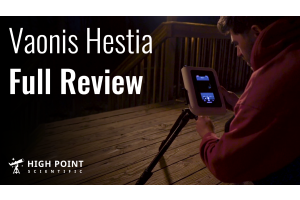
It’s no secret that telescopes can be difficult to use. The learning curve on finding objects in the night sky is difficult, as these faint objects often need years of practice to be able to identify. These learning curves can often represent a roadblock for many newcomers to the hobby. However, there are many misconceptions out there that exist. Here are 10 common astronomy myths in popular culture and some clear, easy-to-understand explanations about them.
Astronomy Myth #1: The view through a telescope will look like the pictures
Imagine you’re about to look into the eyepiece for the first time at the Andromeda Galaxy. You take a peek, only to be disappointed when you don’t see a dazzling display of color, rich nebulosity, and faint dust like you might see in an image online (or as your computer's wallpaper). Instead, what you will see is a faint smudge across the field of view that almost looks like a faint cloud. This is because the images you see online are the result of long exposures that have been extensively processed on a computer through programs like PixInsight or Photoshop.
While our eyes have fantastic dynamic range, we do not have the ability to adjust the exposure like a camera is able to do. By taking a longer exposure, a camera can increase the number of photons reaching the sensor over time. This results in more signal, thus a better image. Astrophotographers with highly sensitive cameras often take exposures that are one, two, or even ten minutes in length. Additionally, astrophotographers can also increase the SNR (signal-to-noise ratio) by stacking their images in post-processing, resulting in a significantly cleaner, less noisy image.
Amateur astronomers are only able to increase the amount of signal reaching their eye by buying larger telescopes that can collect more photons (the tiny particles that comprise waves of light) over the same period of time. This is why with a small telescope you will not have as great of a view of deep-sky objects: fewer photons are reaching your eyeballs.
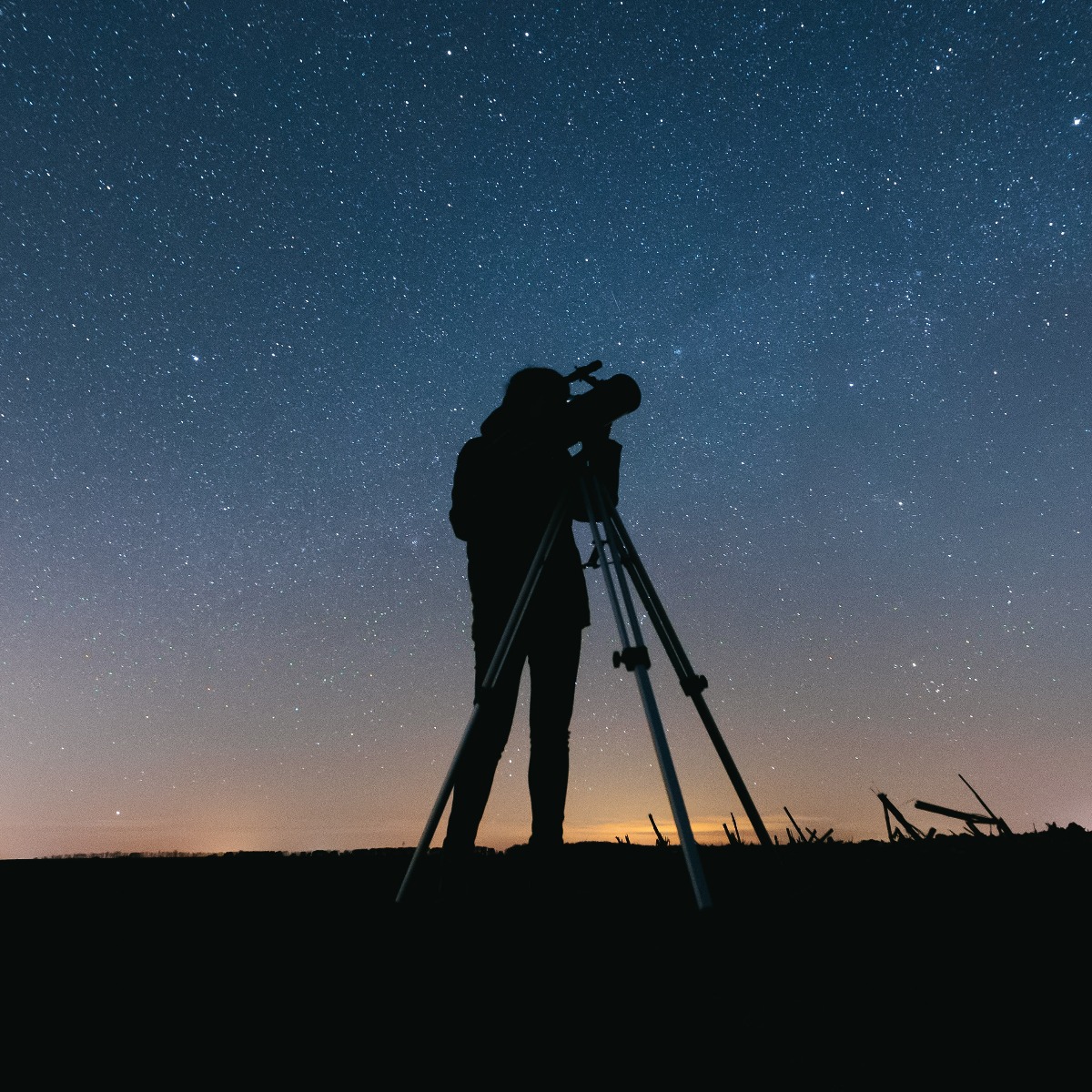
Astronomy Myth #2: You can’t see anything from a bright city
You may live in an urban location and believe that it's simply impossible to see anything with a telescope from all the light pollution. Not so! While many faint deep-sky objects will be impossible to see in light pollution, the Moon and planets are not impacted. You will be able to observe the same stunning detail on the Moon & planets as you would at a dark sky site.
Additionally, a large enough telescope will still be easily able to observe double stars and brighter nebula like the Orion or Lagoon Nebula. Live in an urban location and interested in buying a telescope? Check out our article on the Best Telescopes for Urban Stargazing.
Astronomy Myth #3: The Moon can only be seen at night
This one might seem silly to some, but it’s a real misconception we see often for newcomers to the hobby. Yes, the Moon can be seen through your telescope even in the middle of the day. The Moon is bright enough that, unlike the stars, its light is not washed out completely by the Sun after sunrise. The only times it is not possible to see the Moon at some point in the day is when the Moon is new (thus all of the light from the Moon is facing away from us) or when it’s Full (exactly 180 degrees away from the Sun in the sky). Most commonly, you’ll be able to observe the Moon on a clear day when it is a waxing gibbous in the evening or a waning gibbous at night.
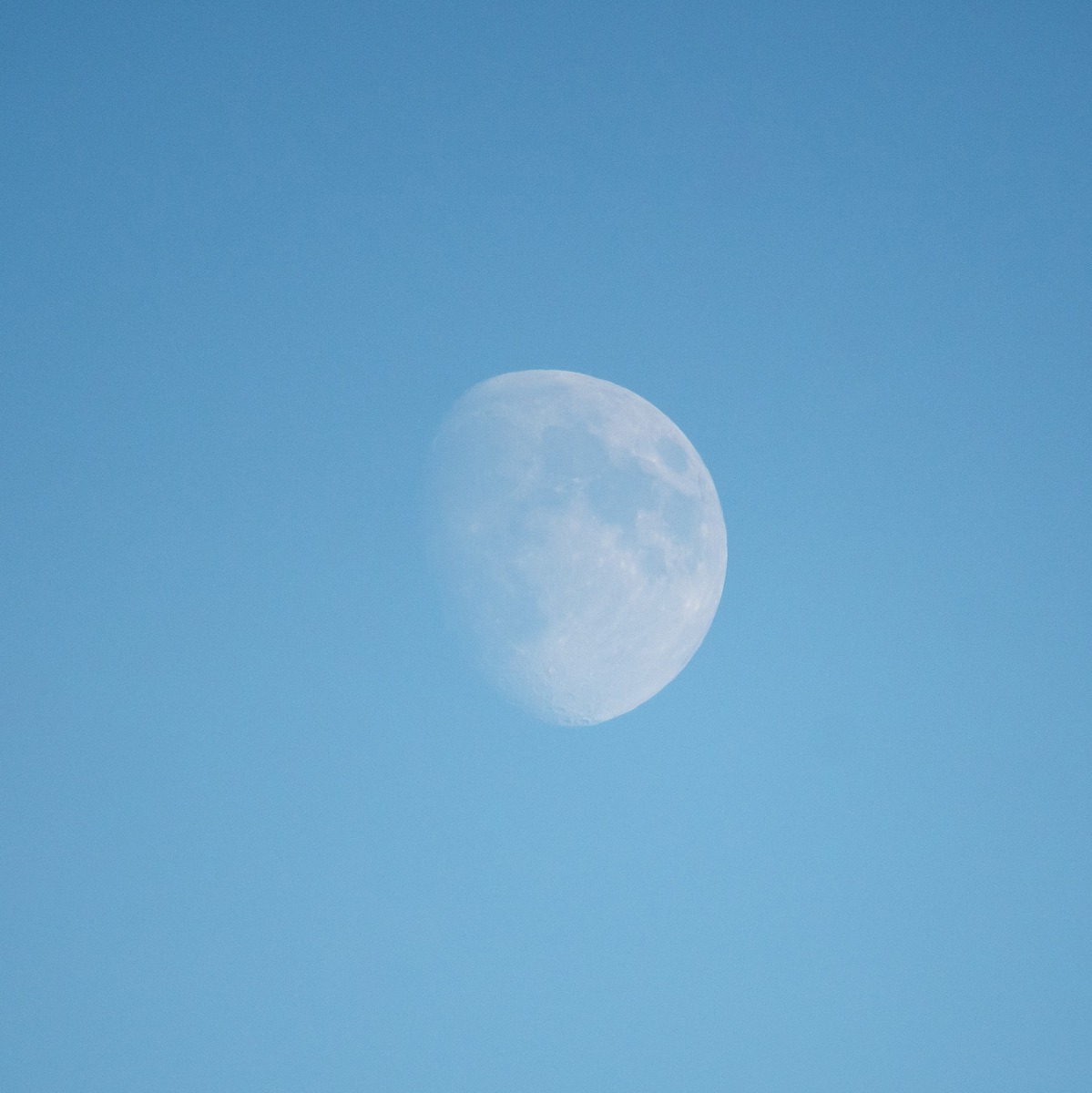
Astronomy Myth #4: Magnification is more important than aperture
Magnifying power is the least important factor to consider when buying a telescope. The truth is that the optical quality of the lens or mirror, the stability of the mount, and the type and quality of the eyepieces are far more important. Think of it this way, if the initial image formed by the telescope’s lens or mirror is of poor quality, and you magnify it 500 times, do you know what you’ll get? The same very poor-quality image, just 500 times larger!
If you want to increase your image quality at the same magnification, you’ll need to increase the aperture of the telescope. By increasing the diameter of the telescope objective, you increase the number of photons reaching your eyepiece, thus increasing the signal-to-noise ratio. At High Point Scientific, we’ll never advertise a telescope solely based on its magnification capability like others might. Instead, we’ll go into more detail about the quality of its lenses or mirrors, discuss the aspects and features of its mount, and consider things like image quality and contrast.
Astronomy Myth #5: It’s impossible to view the Sun through a telescope
Untrue! Although at first, this may seem like a given, considering the intense glare from the light of the Sun. However, solar filters made of materials such as mylar or highly reflective glass can reduce the sun’s glare to a point where you can easily view the Sun! WARNING: NEVER LOOK AT THE SUN WITHOUT A FILTER! In doing so, you may permanently damage your eyes. Always ensure that the filter is secured properly to the front of the telescope, and always ensure that the filter is not damaged in any way.

Astronomy Myth #6: You can’t use your cell phone to take pictures
This is true, but only to an extent. Yes, you cannot take the beautiful, stunning images you see on the internet of the night sky with just a cell phone. However, you can still take pretty good shots of the sky – and you definitely can take amazing pictures of the Moon through a telescope. This is called “eyepiece projection” and it involves getting a special adapter for your phone to hold it firmly against your eyepiece. Additionally, for those looking to take photos of constellations in the sky, you can download an app that’ll take longer exposures of the sky.
Astronomy Myth #7: A bigger telescope will always be better
While it’s true a bigger telescope will result in higher resolution and light gathering capability, you might find this useless if you live in a location with poor seeing or lots of light pollution. A bigger telescope will also increase the magnification, which makes it harder to see some of the beautiful star clusters and nebulae in the sky, such as the Orion Nebula. One could argue that a smaller telescope has an advantage over a big Dobsonian in its ability to do wide-field astronomy!
Additionally, big telescopes are heavy! It doesn’t do you any good to have a galaxy-killer of a telescope if it’s so big that you never take it out! Generally speaking, if you want to see very dim objects like galaxies, a larger reflector (like a Dobsonian) will fare better than a smaller refractor. However, the contrast and detail seen in a refractor are almost always better than that seen in a reflector. There are also hybrid telescopes that are a combination of reflectors and refractors (called SCTs) that are also very popular because they combine larger sizes with greater portability.
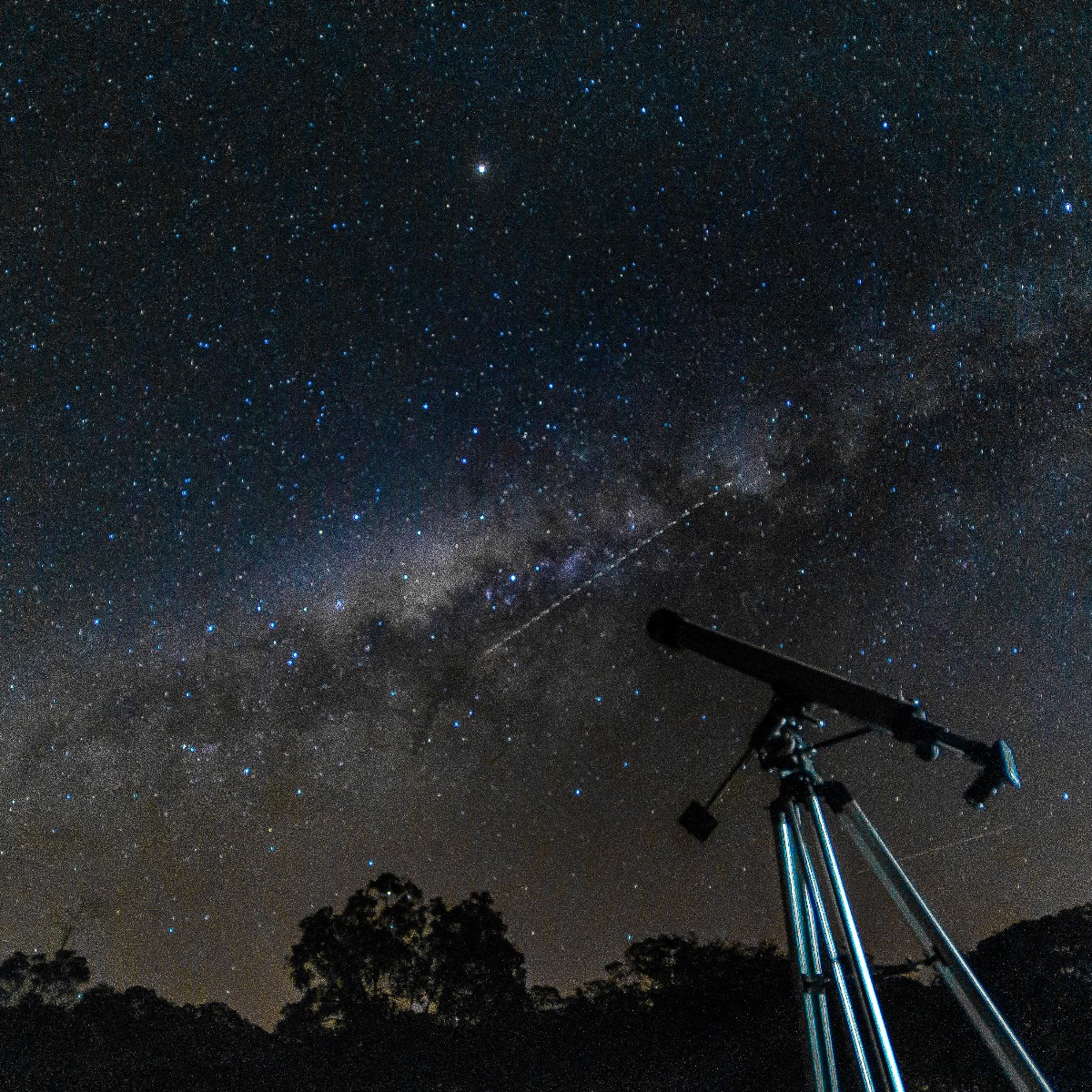
Astronomy Myth #8: An eclipse occurs once a month
Another common misconception we see is that a lunar or solar eclipse can only occur once a month. Not so! The reason we don’t see an eclipse once a month is that the path of the Moon’s orbit is inclined to the ecliptic (the path the planets orbit around the Sun). Because of this, the Moon appears to “miss” the Earth’s shadow and the Sun most times of the year. However, eclipses do happen in what’s called eclipse seasons: a lunar eclipse usually precedes a solar eclipse and vice versa.
Astronomy Myth #9: The Sun is not a star
For some, it’s hard to grasp that the Sun is a star. After all, stars are faint - but the Sun is incredibly bright. But if you moved the Sun very far away, it would be just another star in the sky. As a matter of fact, if you were standing on the closest extrasolar planet (a planet orbiting another star), Proxima b, you’d look up and see the Sun only as a slightly brighter star in the sky. Stars come in many shapes and sizes. Some stars, like Betelgeuse, are massive red giants at the end of their lives. Other stars, like Sirius in the sky, are hot and luminous blue stars. The Sun is a very average star, not too hot or cool. Just perfect for our Earth.
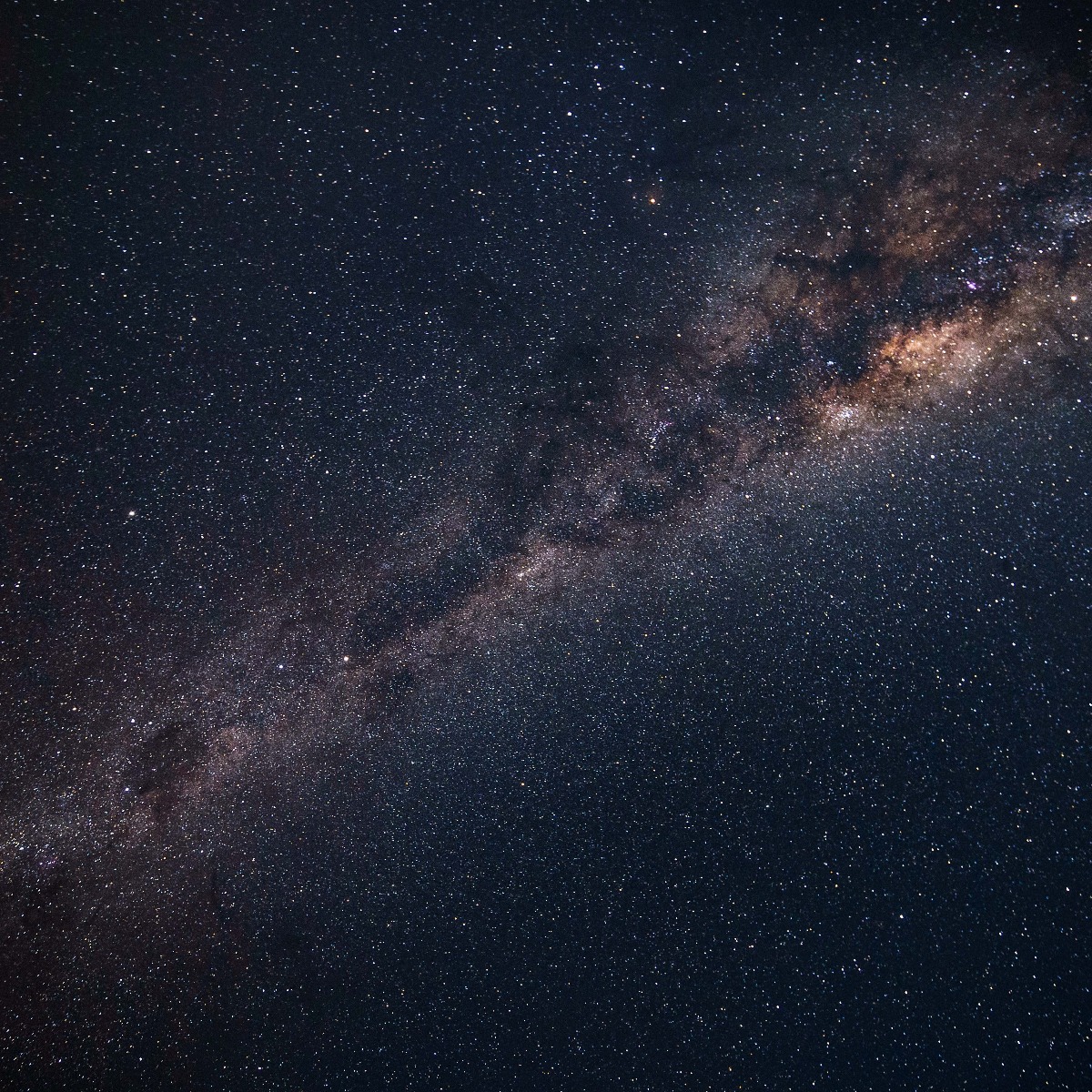
Astronomy Myth #10: Amateur astronomers can’t contribute to science
False! Amateur astronomers can absolutely contribute to science. Amateur astronomers are invaluable when it comes to looking for new comets and other bodies in our solar system. Many research astronomers do not have the telescope time to be able to dedicate such an expansive search of the sky for new comets. Amateur astronomers are capable of providing up-to-date observations of a comet as it approaches the inner solar system. Amateur astronomers can also observe variable stars and submit their observations to AAVSO - the organization dedicated to scientific discovery through variable star astronomy. Amateur astronomers can even detect extrasolar planets, be the first to observe supernova, and so much more.

Questions? Contact Us!
To learn more about astronomy myths in popular culture, send a message to our non-commissioned product advisors! Our team of telescope experts are happy to point you in the right direction.
This Article was Last Updated on 07/20/2023

